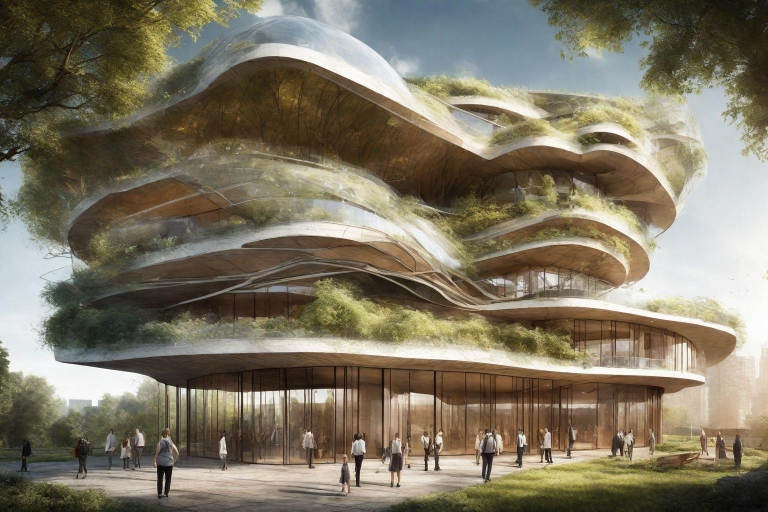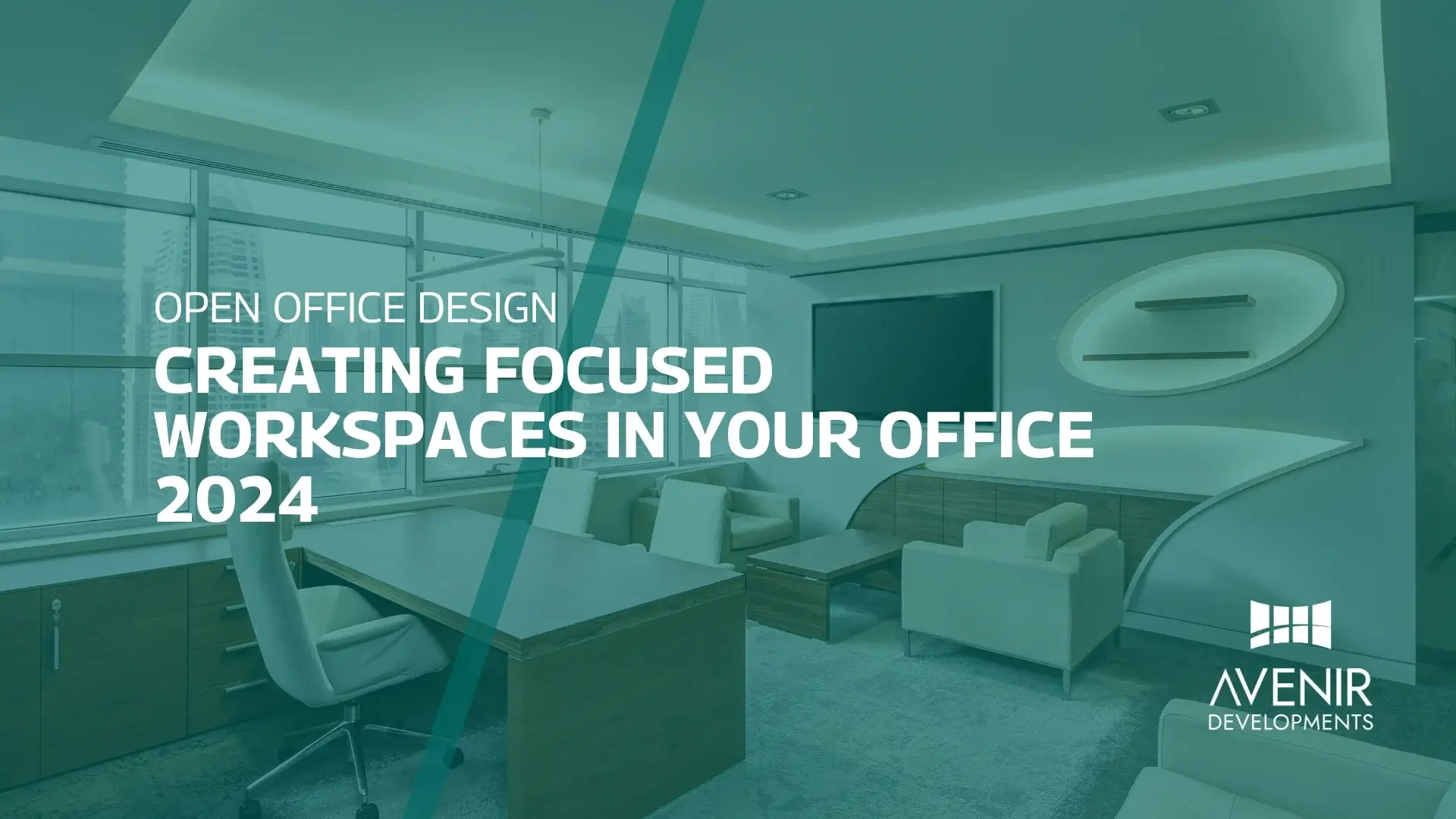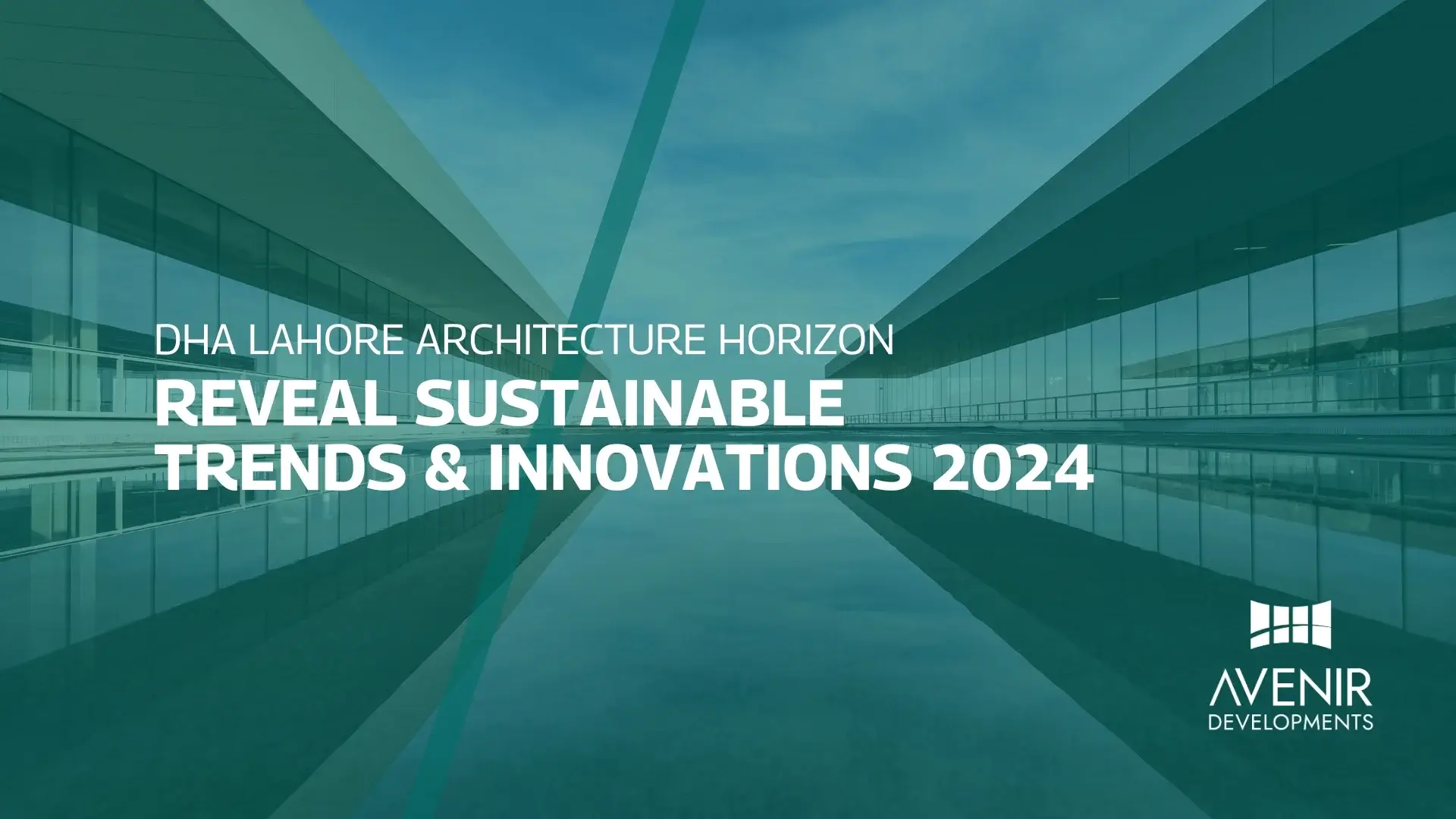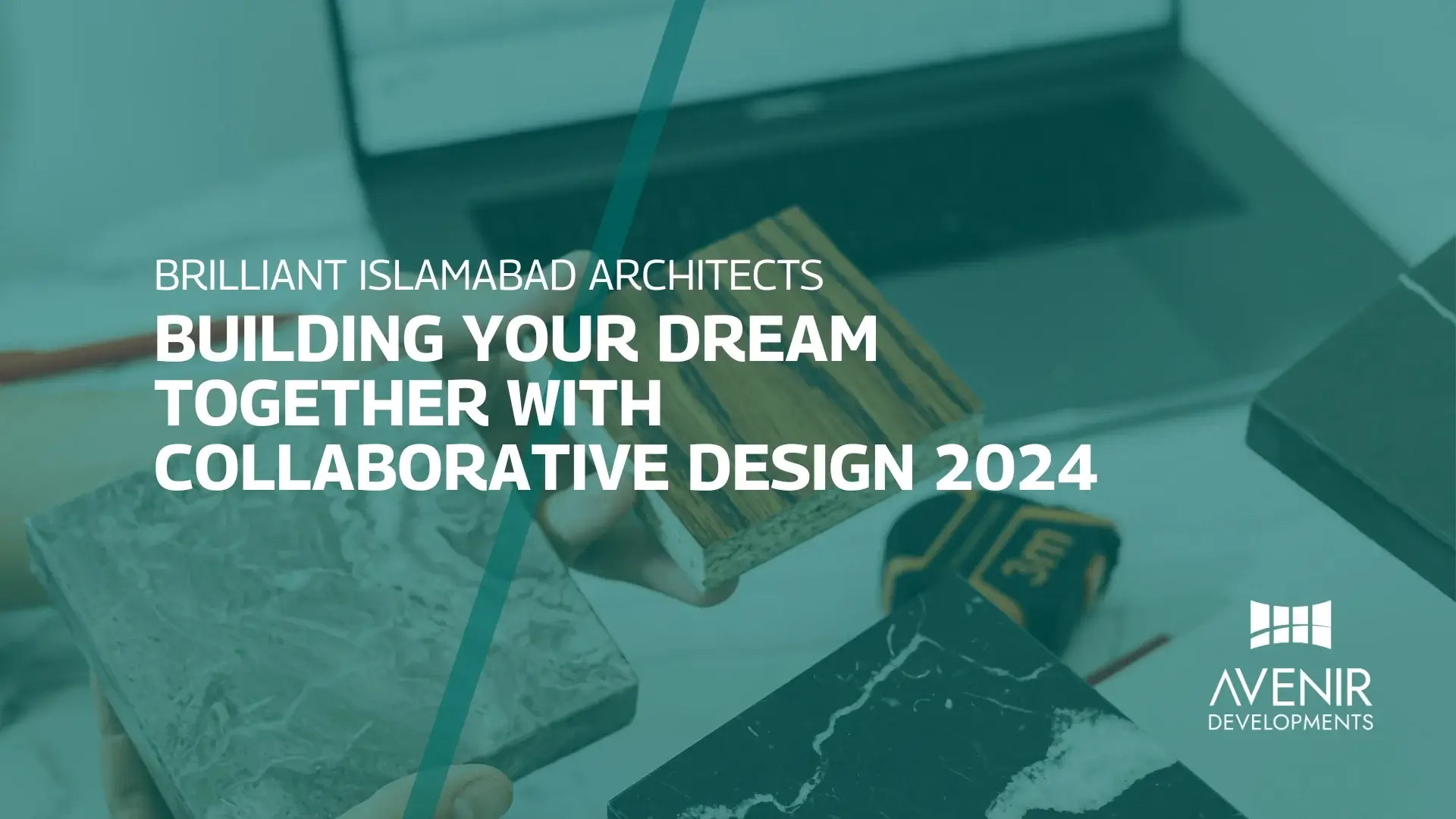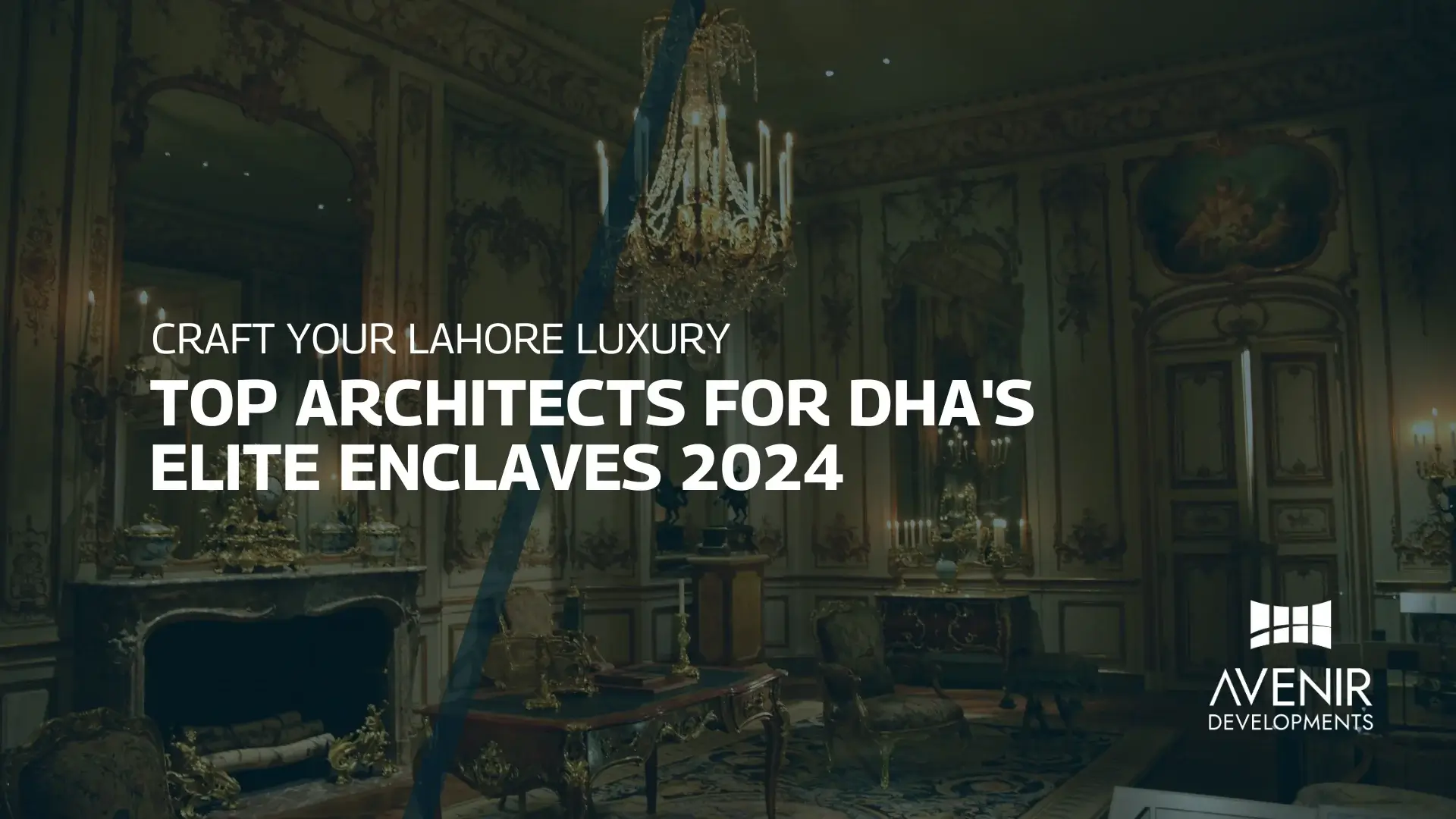Living in Lahore, a city steeped in history and bursting with vibrant life, I can’t help but be drawn to its architectural marvels. From the majestic Badshahi Mosque to the intricate Shahjahani Gates, these structures stand as testaments to a bygone era where design met purpose in perfect harmony. But lately, as Lahore grapples with scorching summers and dwindling resources, I’ve begun to wonder: can we create buildings that are not just beautiful but also sustainable for the future?
This very question forms the cornerstone of sustainable architecture, a movement that’s rapidly gaining traction around the world, and for good reason. In this article, we’ll delve into the fascinating world of sustainable design, exploring its history, current trends, and practical tips for incorporating it into your own projects.
Unveiling the Secrets: What is Sustainable Architecture?
Imagine a building that breathes with the city, minimizing its environmental impact while keeping its occupants comfortable. That’s the essence of sustainable architecture. It’s a design philosophy that prioritizes resource efficiency, environmental responsibility, and occupant well-being throughout a building’s life cycle – from planning and construction to operation and demolition.
The concept is far from new. Traditional architecture, particularly in regions with harsh climates, has always incorporated elements of sustainability. Think of the thick mud walls in desert homes that provide natural insulation, or the strategically placed courtyards in Mughal architecture that cool spaces passively. However, the modern interpretation of sustainable architecture goes beyond just borrowing from the past. It leverages cutting-edge technologies and innovative materials to create buildings that are not just energy-efficient but also contribute positively to the environment.
There’s a growing recognition of the urgency for sustainable design. According to the World Green Building Council, buildings account for a staggering 36% of global energy consumption and 39% of energy-related CO2 emissions [Source: World Green Building Council]. In a city like Lahore, with its already stressed resources, sustainable architecture presents a compelling solution. It can help us reduce our carbon footprint, conserve water, and create healthier living spaces for future generations.
The Cutting Edge: Trends in Sustainable Architecture
The landscape of sustainable architecture is constantly evolving, with new trends emerging all the time. Here are a few exciting developments that are shaping the future of design:
- Biophilic Design: This approach brings the outdoors in, incorporating natural elements like plants, water features, and natural light to improve occupant well-being and create a connection with nature. Studies have shown that biophilic design can reduce stress, improve air quality, and even boost productivity [Source: Terrapin Bright Green].
- Net-Zero Buildings: These buildings aim to achieve a balance between the energy they consume and the energy they produce. This is often achieved through a combination of energy-efficient design, renewable energy sources like solar panels, and smart building technologies that optimize energy use. Pakistan has seen a growing interest in net-zero buildings, with initiatives like the Green Islamabad project promoting their development [Source: Dawn News].
- Locally Sourced Materials: Sustainable architects are increasingly looking to source materials from local suppliers. This reduces the environmental impact associated with transportation and promotes the use of materials that are well-adapted to the local climate. Here in Lahore, we have a rich tradition of using locally produced clay bricks and red sandstone, which offer natural insulation and aesthetic value.
- Embracing Vernacular Architecture: Sustainable design doesn’t always have to be about high-tech solutions. Learning from traditional architectural styles and adapting them to modern needs can be a powerful tool. Here in Pakistan, we have a wealth of vernacular architecture that has been honed over centuries to provide comfort in hot climates. Architects are now re-interpreting these elements, like deep verandas and courtyards, to create sustainable buildings that resonate with the local context.
Demystifying Sustainability: FAQs about Sustainable Architecture
Sustainable architecture might sound complex, but it doesn’t have to be. Here are some common questions I get as a blogger, answered in a simple and straightforward way:
- Is sustainable architecture more expensive?
The initial cost of a sustainable building can sometimes be higher due to the use of energy-efficient materials or renewable energy systems. However, these investments often pay off in the long run through reduced energy bills, lower maintenance costs, and increased property value.
- Can sustainable architecture be applied to existing buildings?
Absolutely! There are many ways to retrofit existing buildings to make them more sustainable. This could involve anything from upgrading insulation to installing solar panels or water-saving fixtures.
Expert Tips: Building a Sustainable Future in Lahore
As someone who’s been following the sustainable architecture movement for years, I’ve picked up some valuable tips that I’d love to share with you. Whether you’re a homeowner planning a renovation or an architect designing a new building, these insights can help you make your project more sustainable:
- Start with the Sun: Lahore’s scorching sun can be a foe or an ally. By strategically placing windows and using overhangs, you can harness natural light and reduce the need for artificial lighting. South-facing windows can provide valuable winter warmth, while strategically placed vegetation can shade windows during the hot summer months.
- Embrace Passive Cooling: Traditional courtyards and windcatchers are making a comeback in sustainable design. These elements can create natural ventilation and cool spaces passively, reducing reliance on energy-intensive air conditioning.
- Water Wise Design: Water scarcity is a growing concern in Lahore. Consider installing low-flow fixtures, harvesting rainwater, and using native drought-resistant plants in your landscaping to conserve this precious resource.
- Material Matters: The materials you choose for your building have a significant impact on its sustainability. Opt for recycled or locally sourced materials whenever possible. Explore options like bamboo, which is a fast-growing and renewable resource.
- Embrace Energy Efficiency: Invest in energy-efficient appliances and lighting systems. Look for buildings with good insulation to minimize heat gain or loss. Consider installing solar panels to generate your own clean energy. The Government of Pakistan offers incentives for solar power installations, making them a more attractive option than ever before [Source: Alternative Energy Development Board].
- Get the Community Involved: Sustainable architecture isn’t just about individual buildings; it’s about creating sustainable communities. Consider incorporating elements that encourage walking, cycling, and public transportation use. Community gardens and green spaces can not only beautify your neighborhood but also foster a sense of connection and well-being.
The Future is Green: A Call to Action
Sustainable architecture isn’t just a trend; it’s the future. By embracing sustainable design principles, we can create buildings that are not just beautiful but also environmentally responsible and healthy for our communities.
If you’re looking to build a sustainable home or business in Lahore, I encourage you to connect with Avenir Developments. Their team of experienced architects and designers is passionate about creating sustainable spaces that are tailored to the unique needs of Lahore and its residents.
Contact Avenir Developments today on WhatsApp or Call +923001101103 to discuss your architectural, interior design, and construction management needs. Together, let’s design a sustainable future for Lahore!

